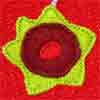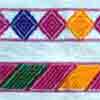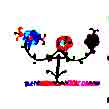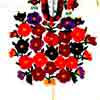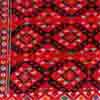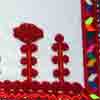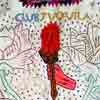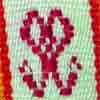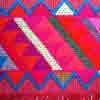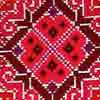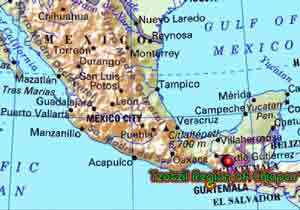 |
 |
 |
 |
The Tzotzil name for themselves is "Batsil winikatik´" – "true men." Although today Tzotzil people live in most of the 111 municipios in Chiapas, they are concentrated in ten municipios near San Cristobal. The traditional settlement pattern of the indigenous municipios is a central town or "centro" surrounded by small hamlets ("parajes") in the surrounding countryside. The centro is the location of the municipal government, schools, the principal church, a large periodic market, and small shops. Some municipios (like San Andres) do not permit "Ladinos" (non-Indian Mexicans) to live in the communities. Tzotzil men who are performing year long "cargos" of voluntary service to the community generally reside in the centro on a temporary basis, then return to their parajes after the cargos are completed.
Most Tzotzil families make their living by subsistence farming and by raising domestic animals. Families grow corn, beans, squash, and chilis – the traditional Mesoamerican crops. Other fruits and vegetables may also be grown, depending upon local conditions of temperature and rainfall. Some Tzotzil communities are cold, wet and windy while others are warmer and almost sub-tropical. Sheep are raised for wool in Chamula, Zinacantan, and San Andres. Large-scale commercial cultivation of flowers takes place in Zinacantan. In many families men and older boys work outside the municipios performing wage labor in construction or agricultural work. Since Chiapas borders Guatemala, Tzotzil men and boys compete for this work with lower-paid Guatemalan immigrants. This leads many of them to look for work in cities in northern Mexico or in the US. Many families have left the highands to homestead in the Lacandon forest region, causing conflict with Lacandon Maya people over land.
The majority of Tzotzil women and girls wear traditional dress, which consists of a huipil or blouse, an indigo dyed "enredo," (wrap or tube skirt) and woven cotton sash. Women in a number of municipios wear capes of wool or cotton. Elderly men and men performing cargos wear traditional attire, but most Tzotzil men and boys dress in western style shirts and slacks or jeans. Both men and women wear elaborate ceremonial garments on special occasions. Many women and girls know how to weave cotton and wool and make their own clothing. In some communities, women purchase fabric to make clothing from outside sources, then embroidered the finished clothing with designs specific to their communities.
Click here to read more!!!
A warning about the Tzotzil region
Narrative written for Mexican textiles project by Karen Ewell 9/2005
Thanks Karen
Bob Freund
|
Home - The Collection - Bob's Top 10 - Textile Patterns - The Villages - Participate
For more information or comments please contact me at: info@mexicantextiles.com © 2005 Bob Freund All Rights Reserved |
